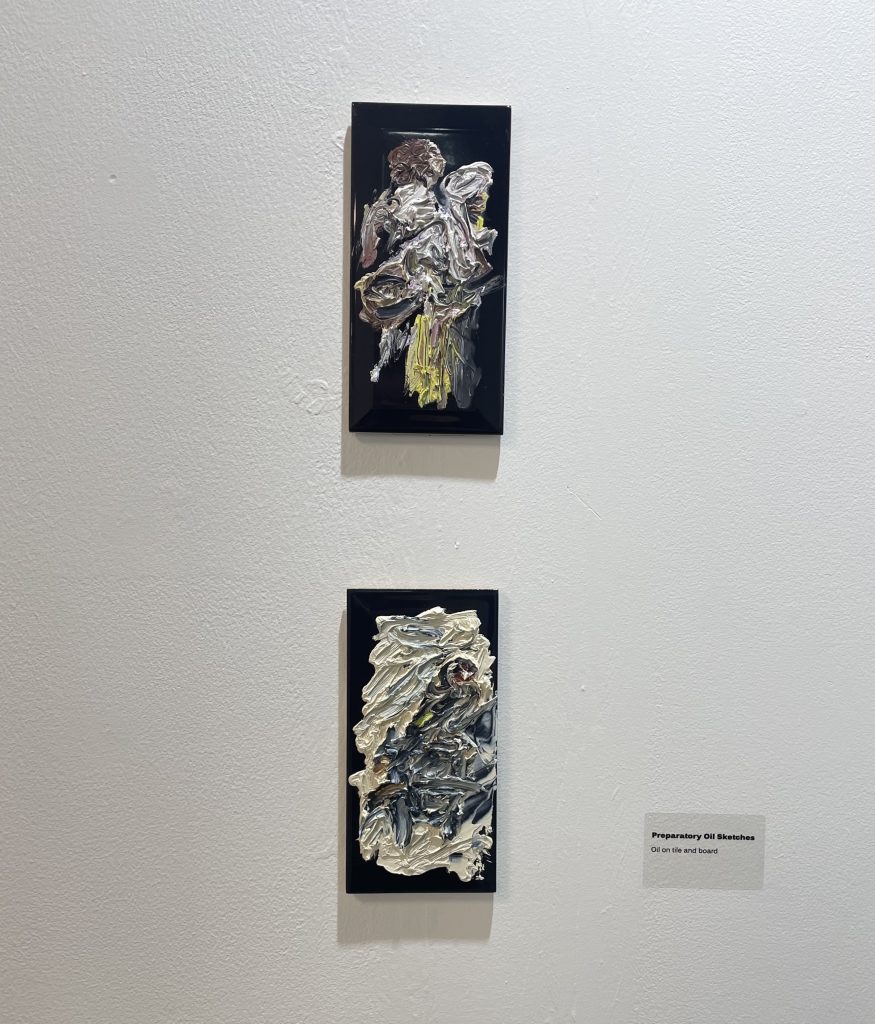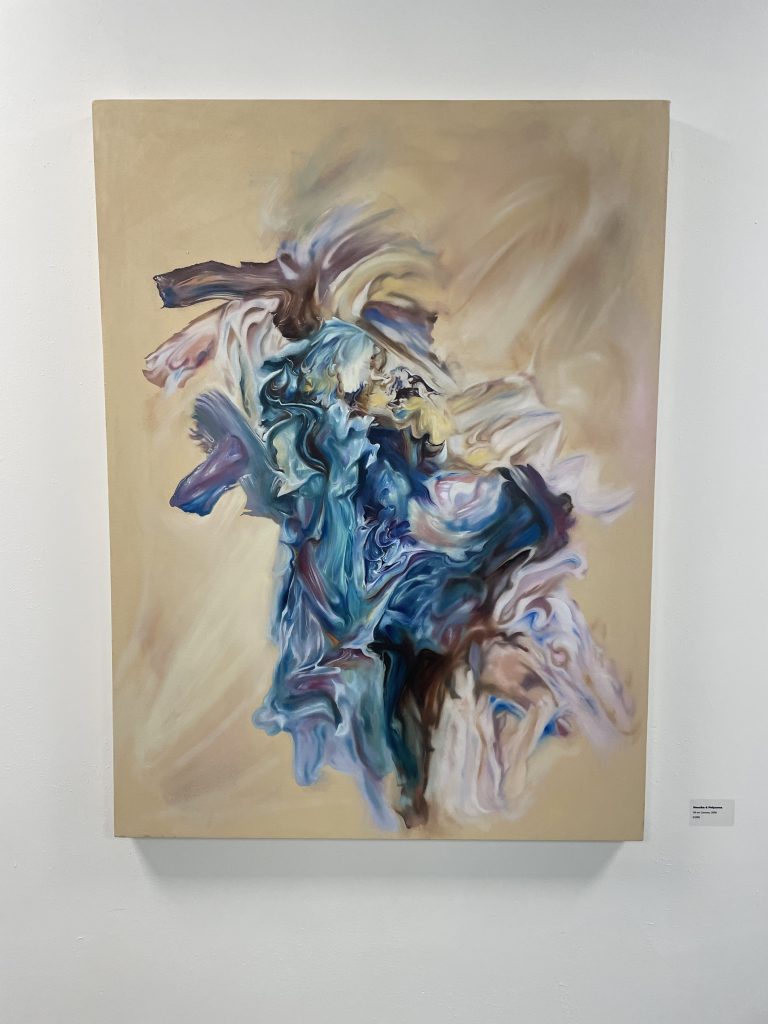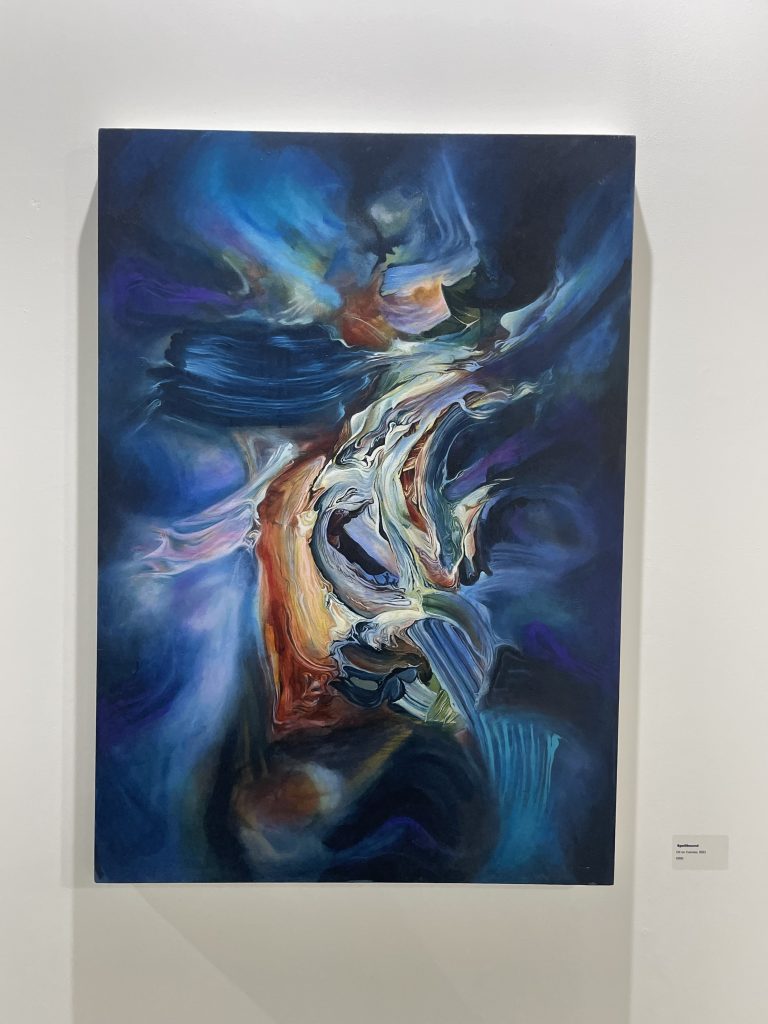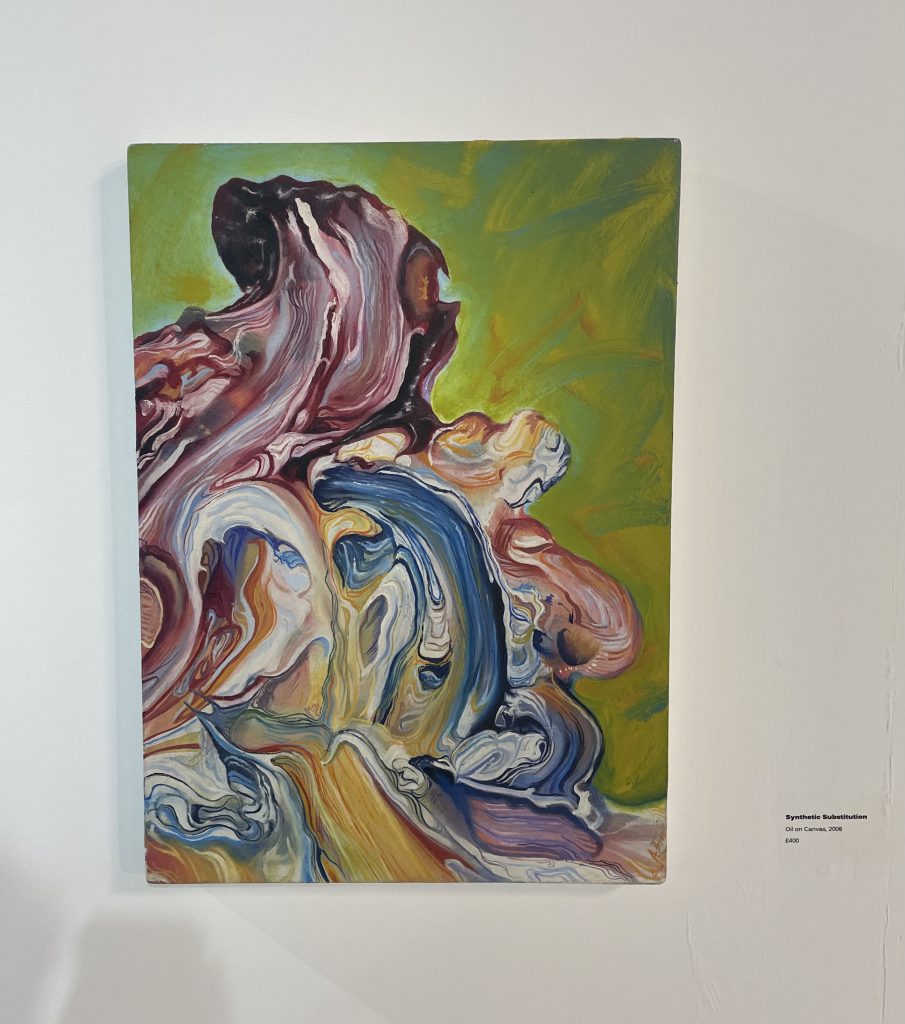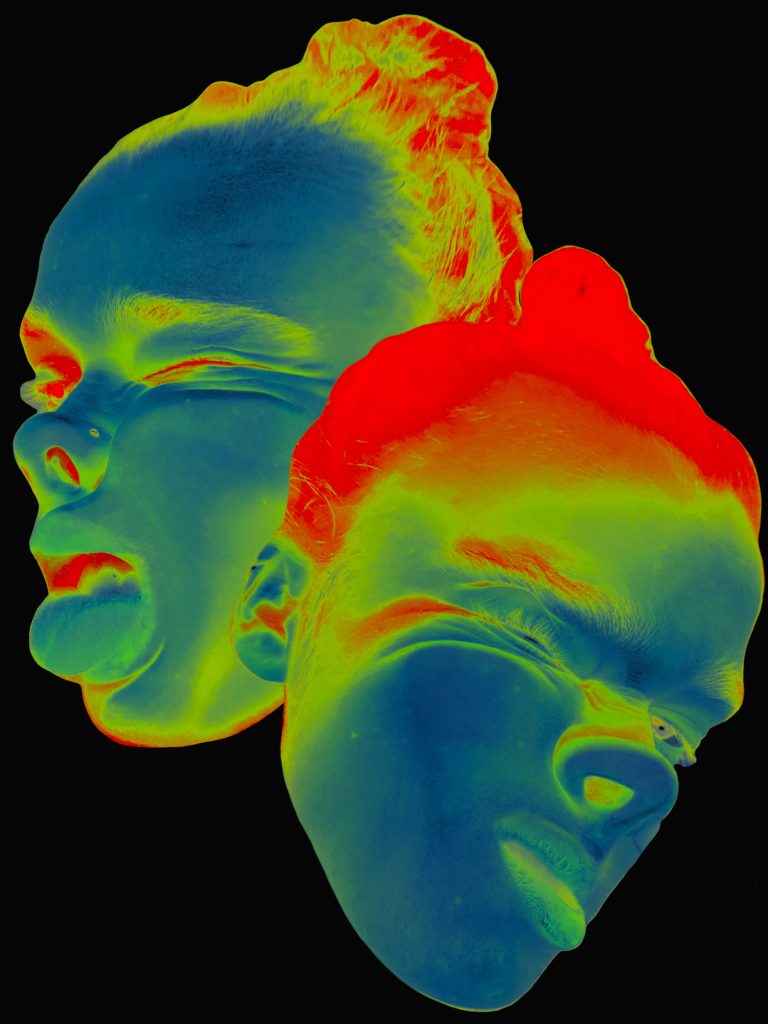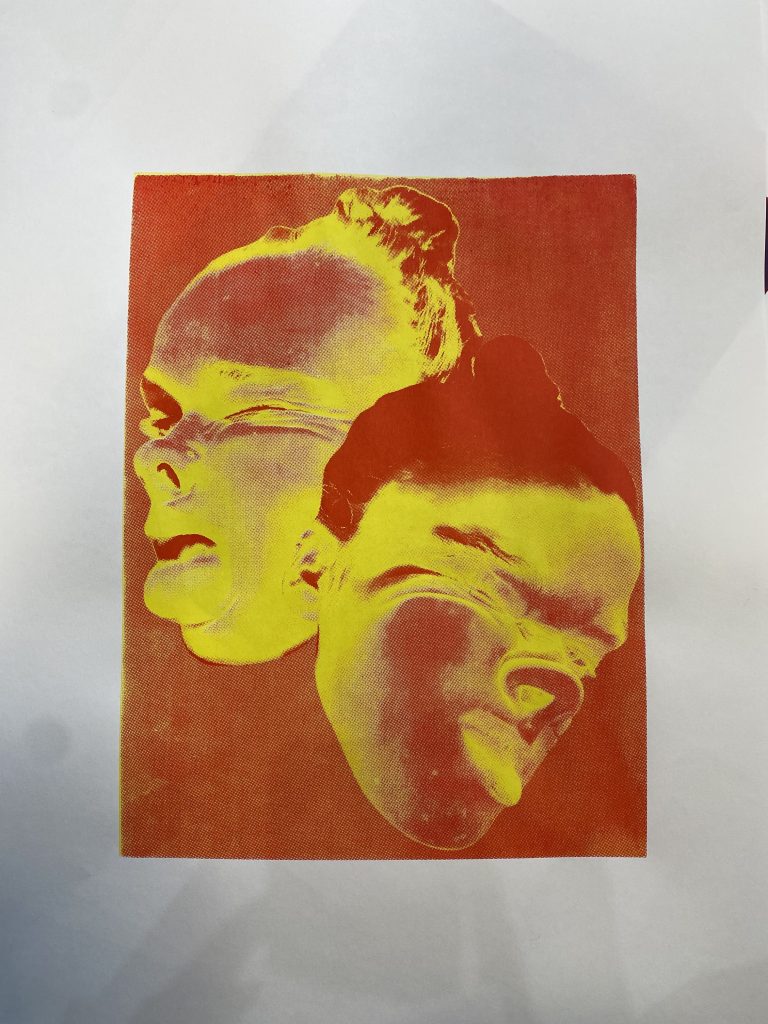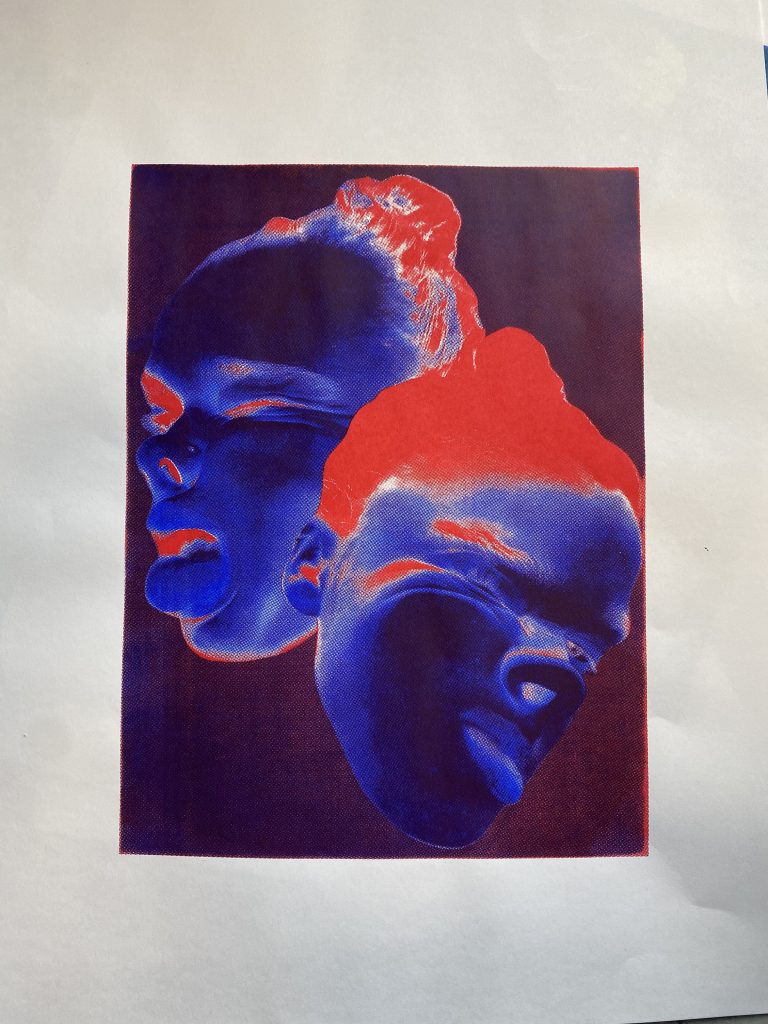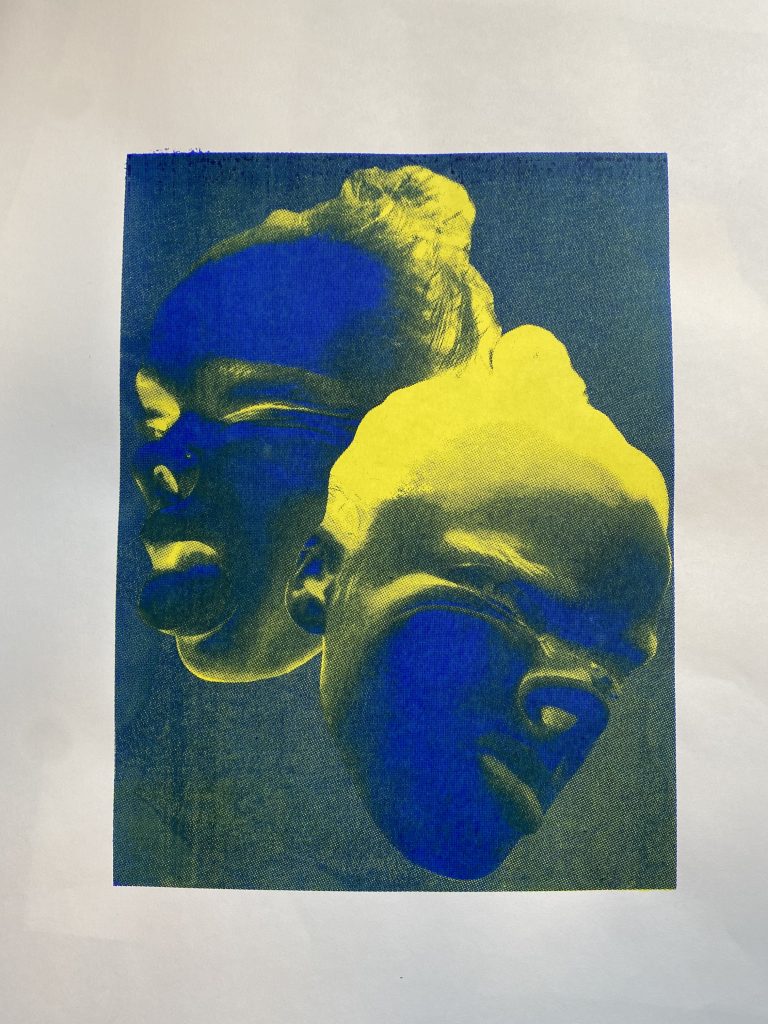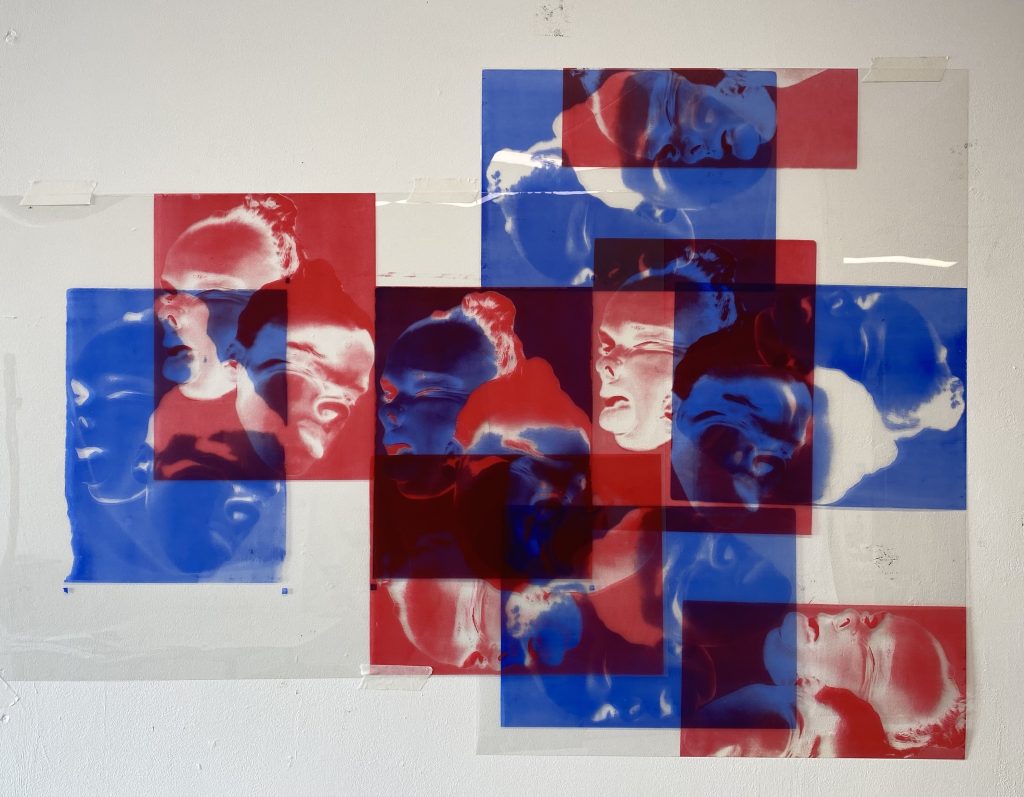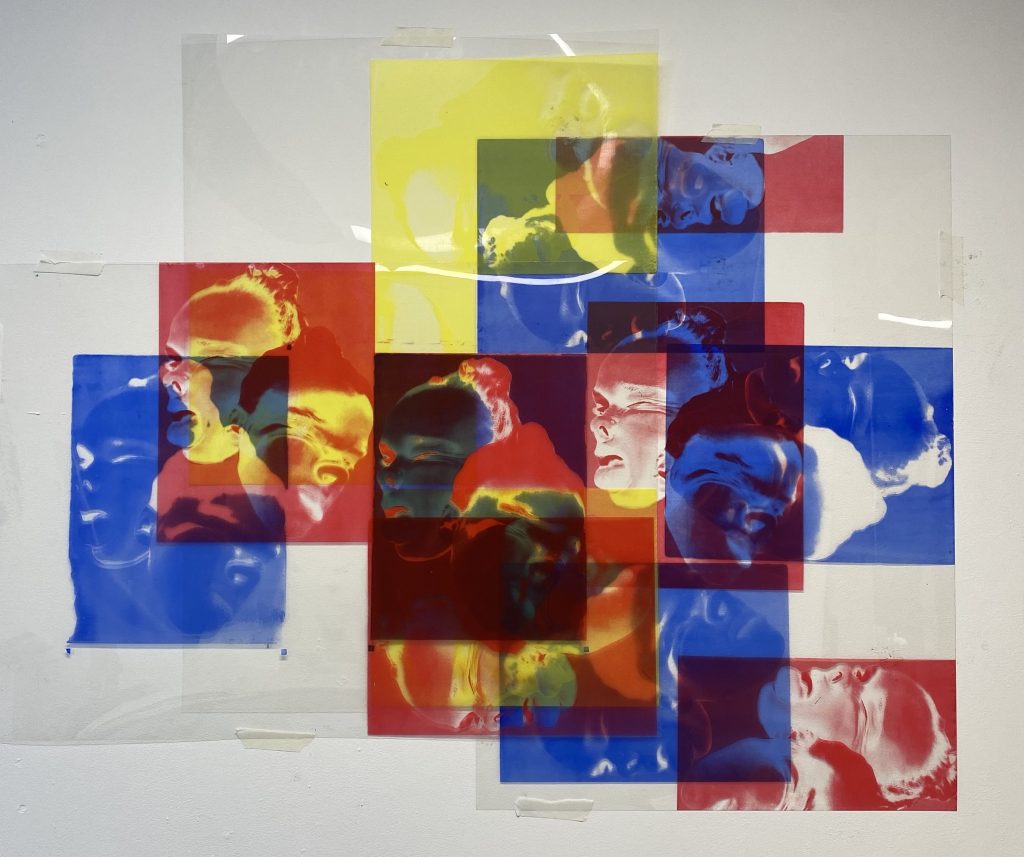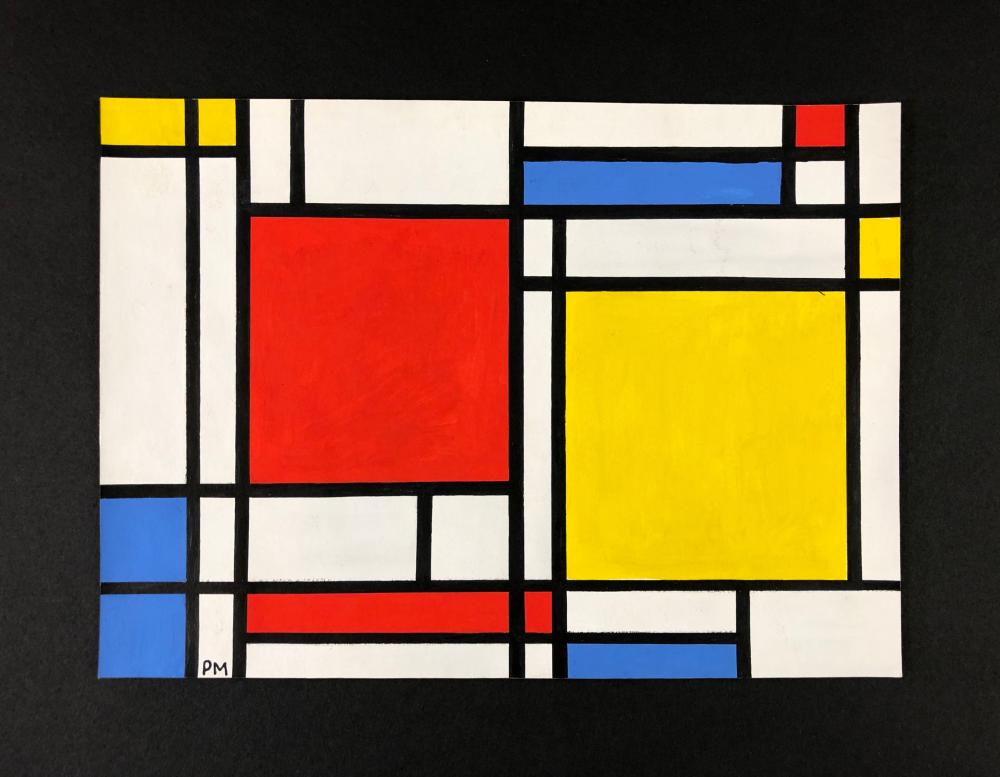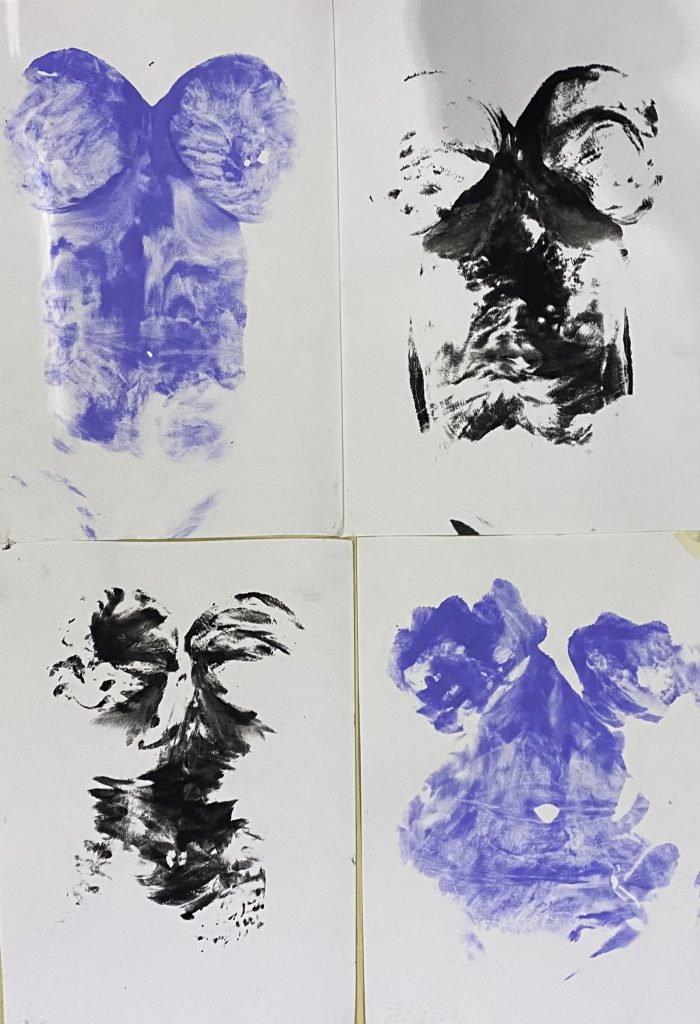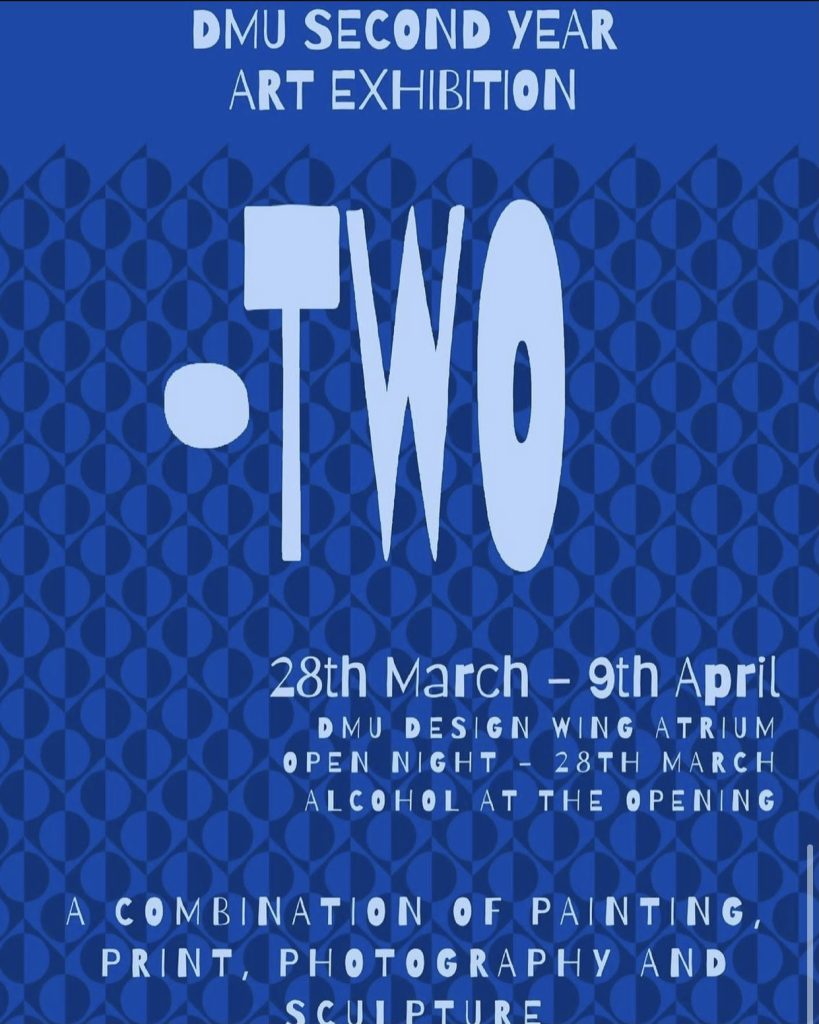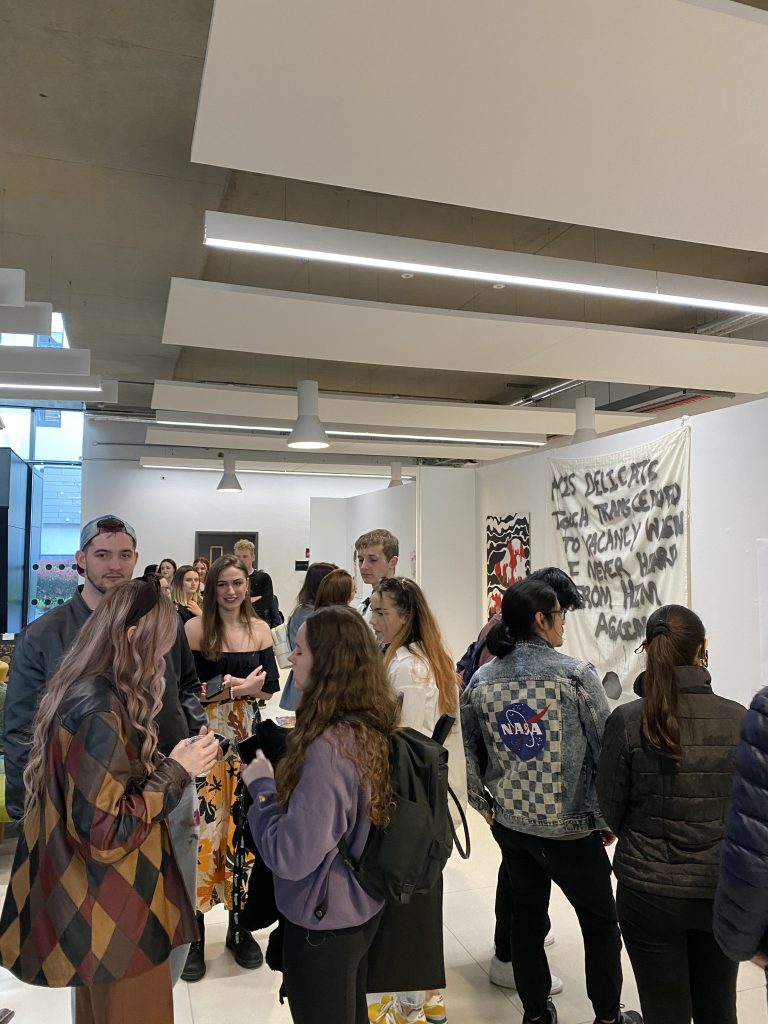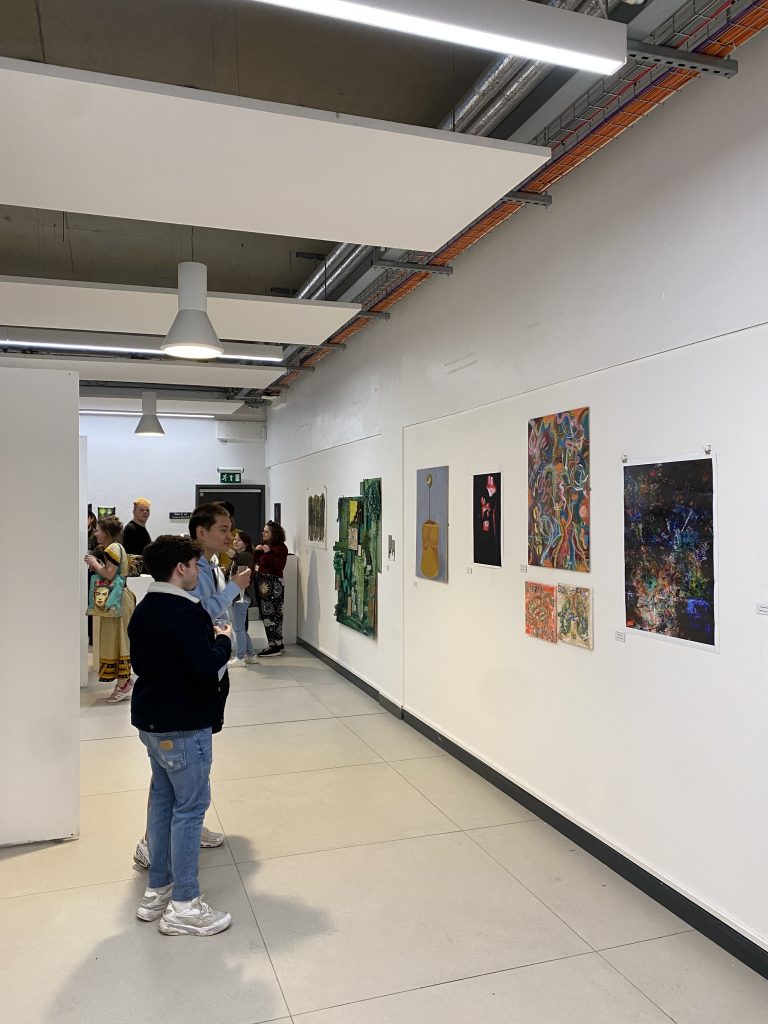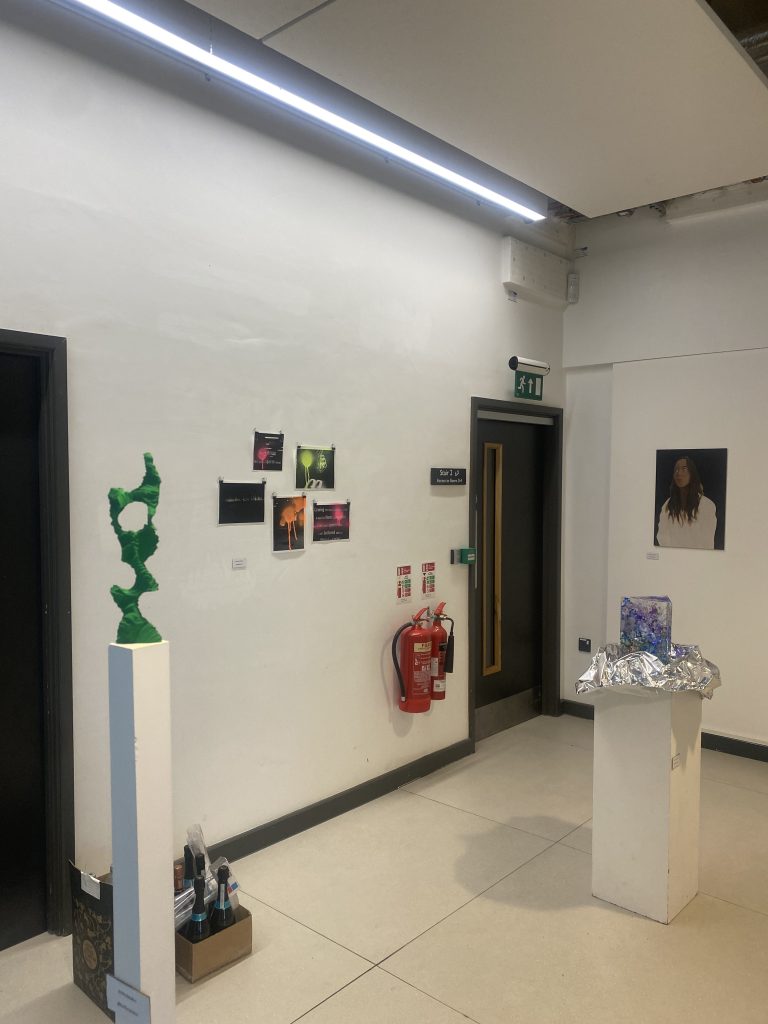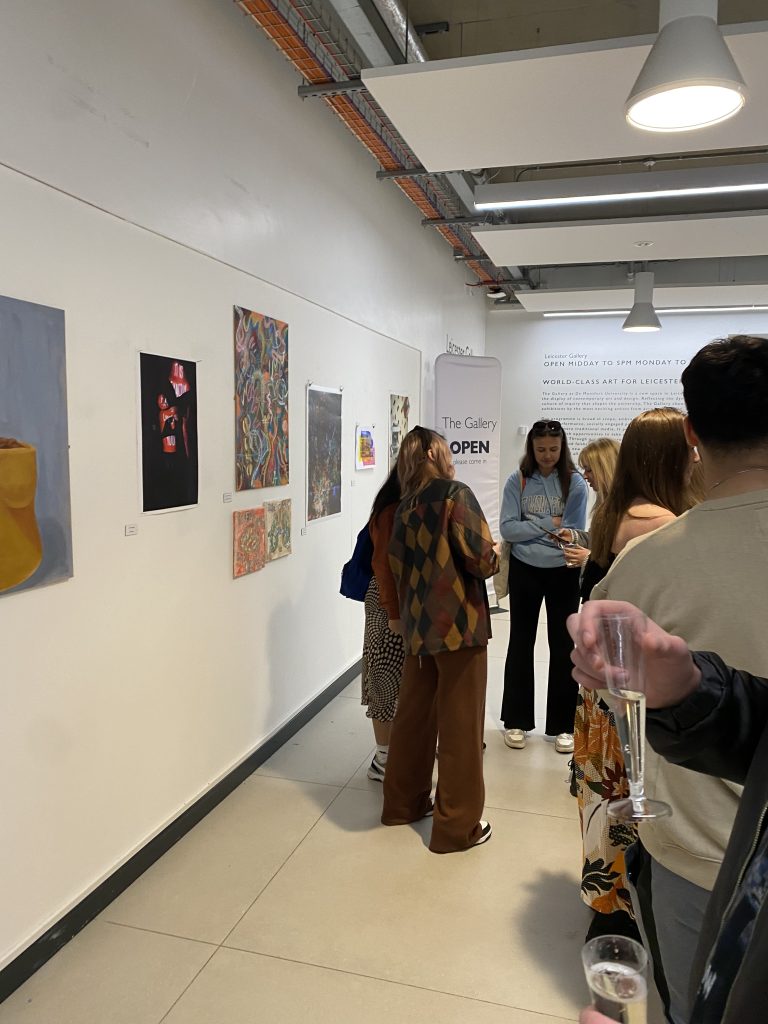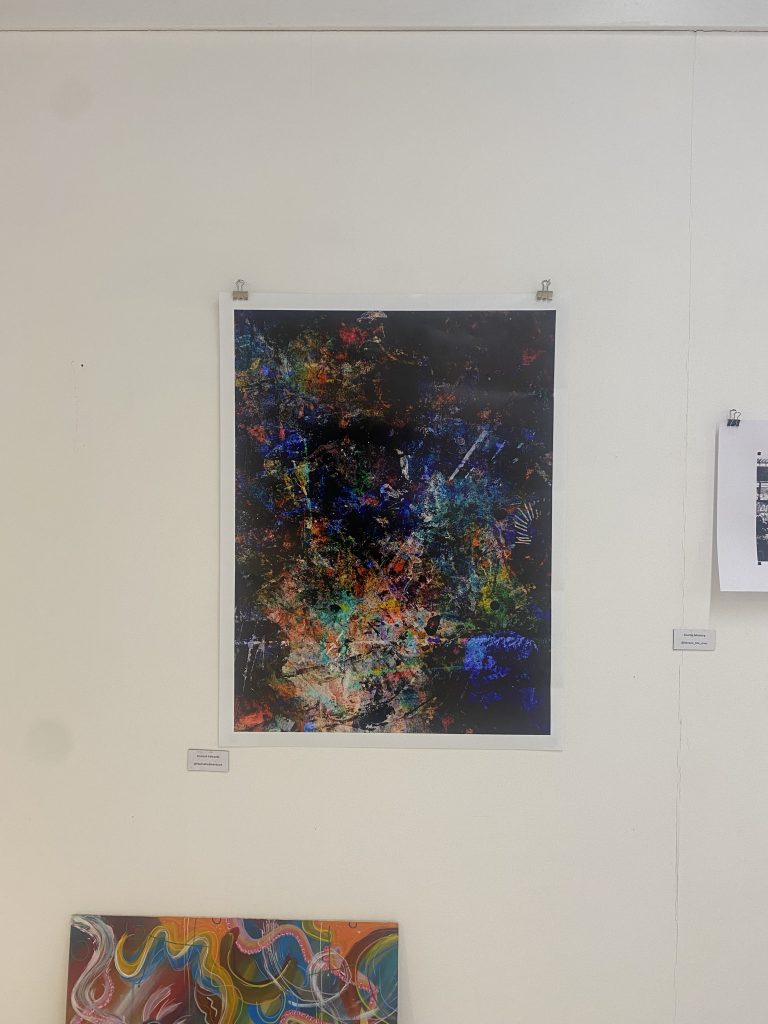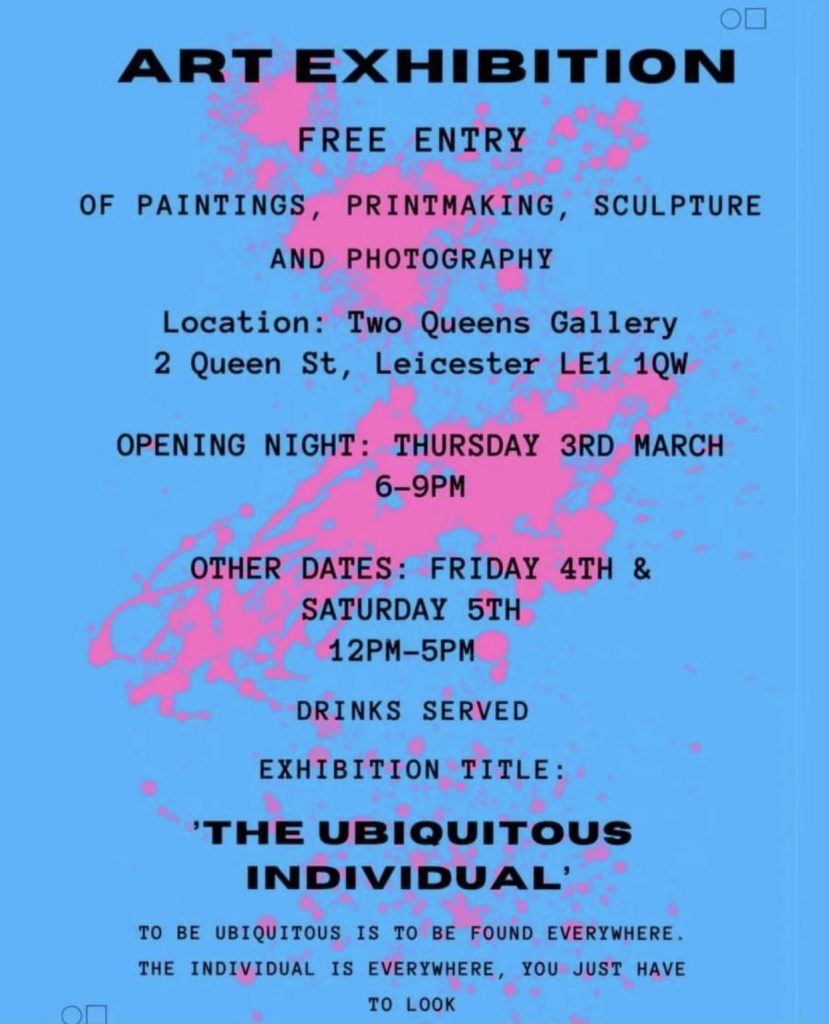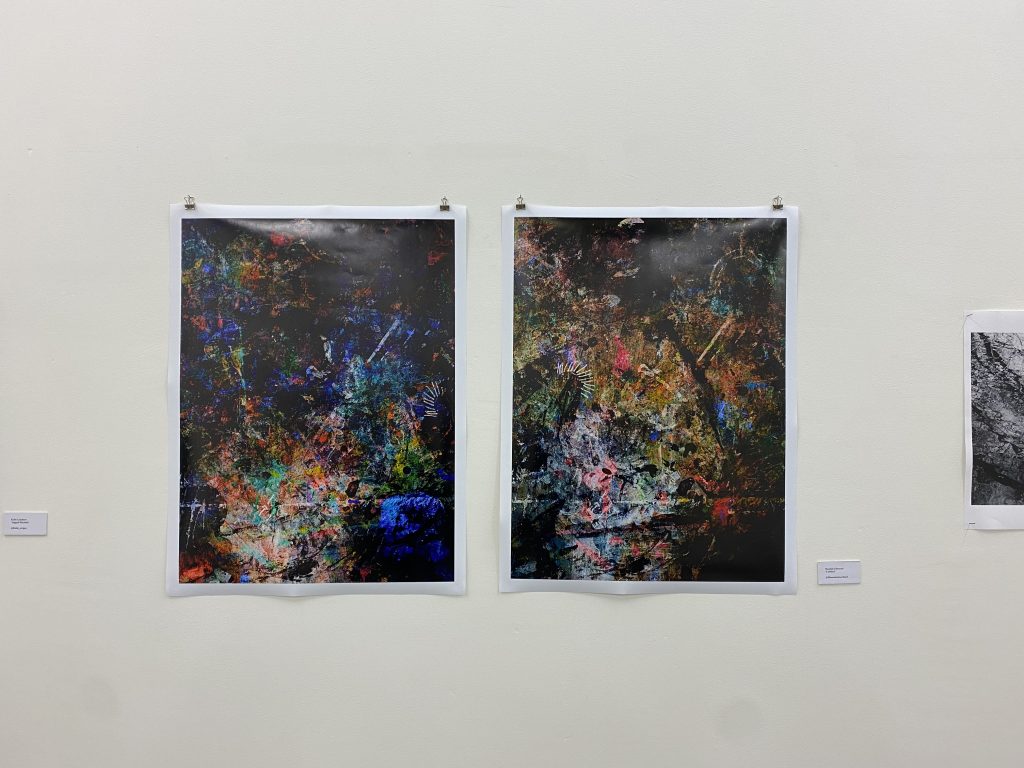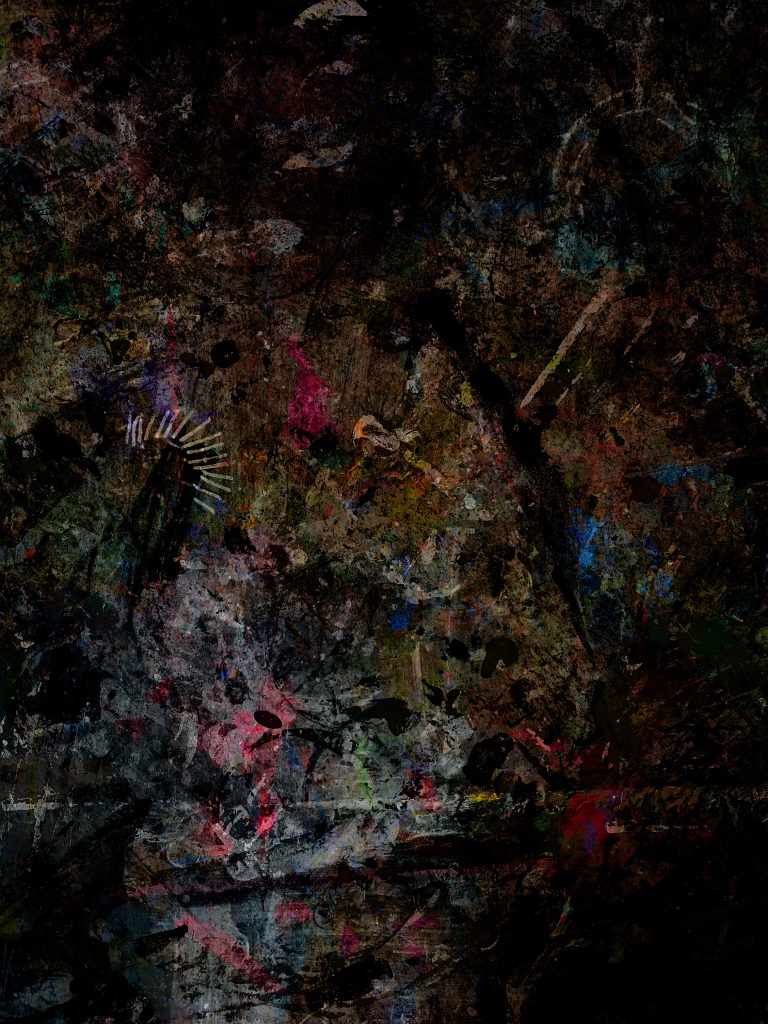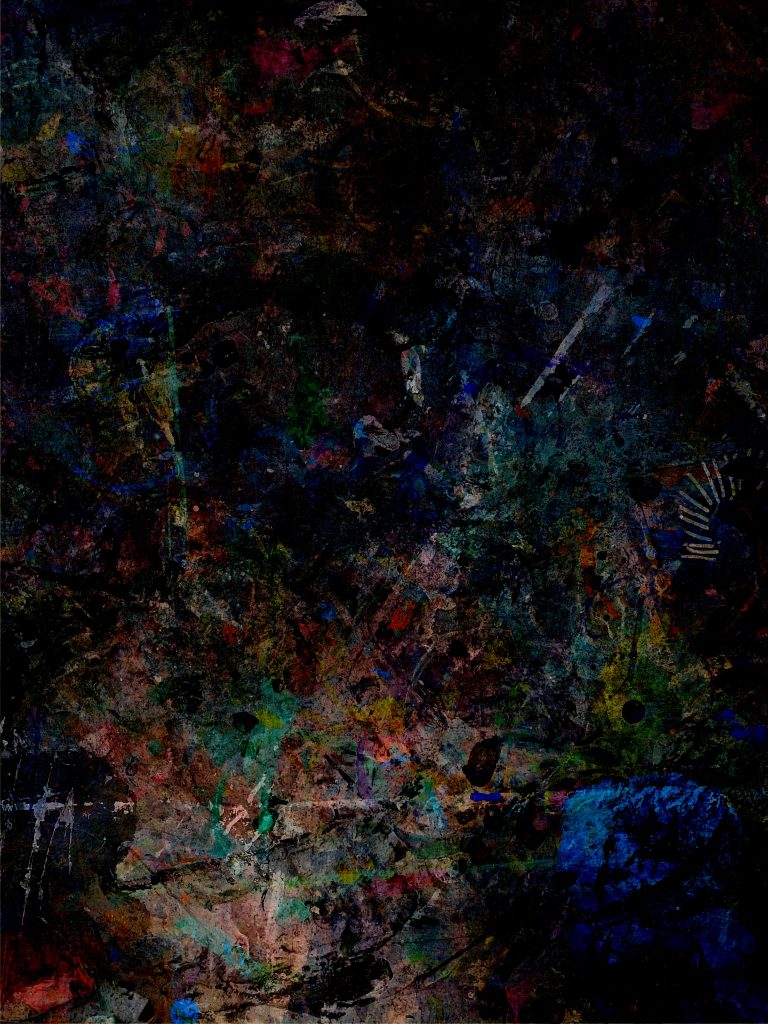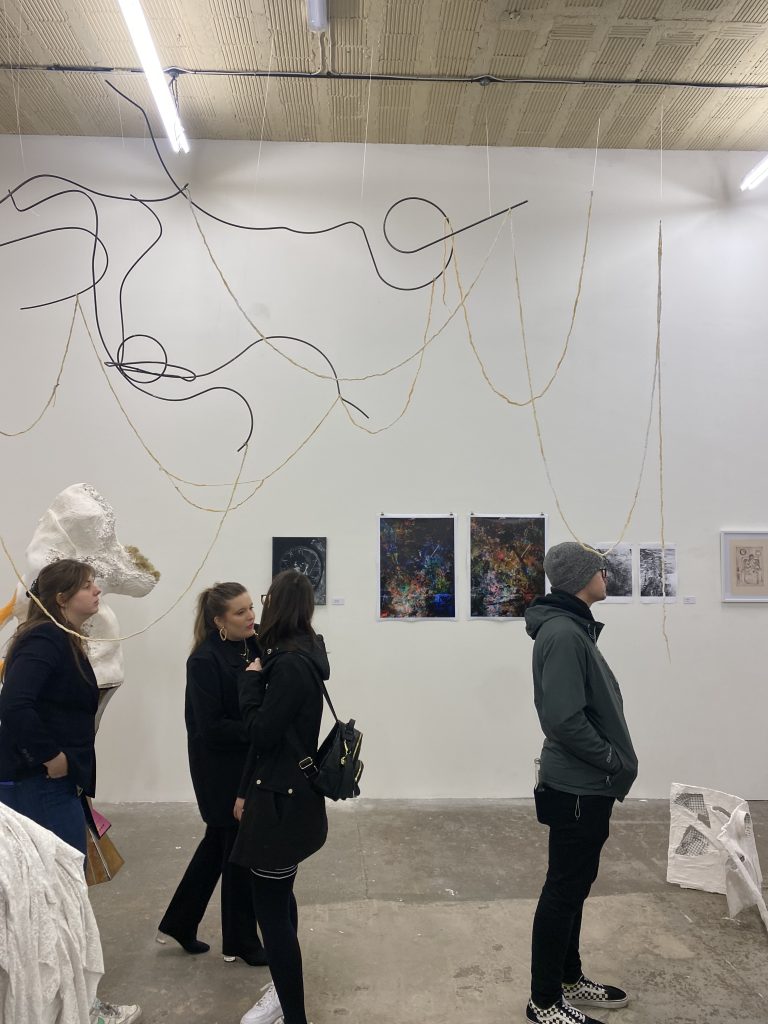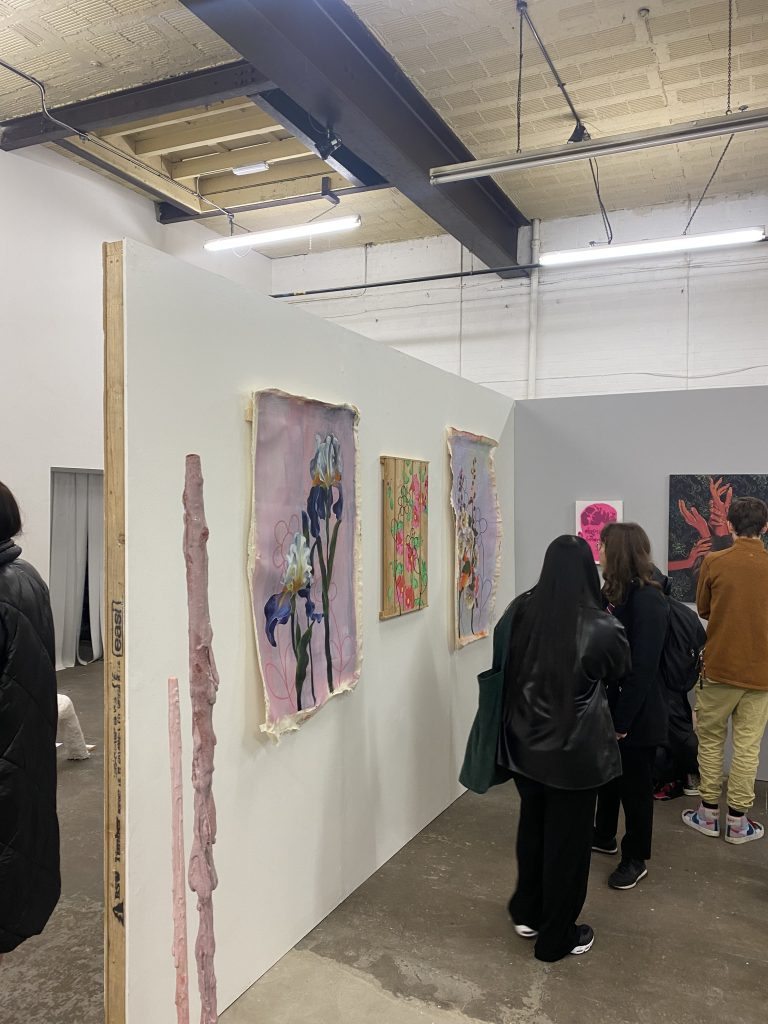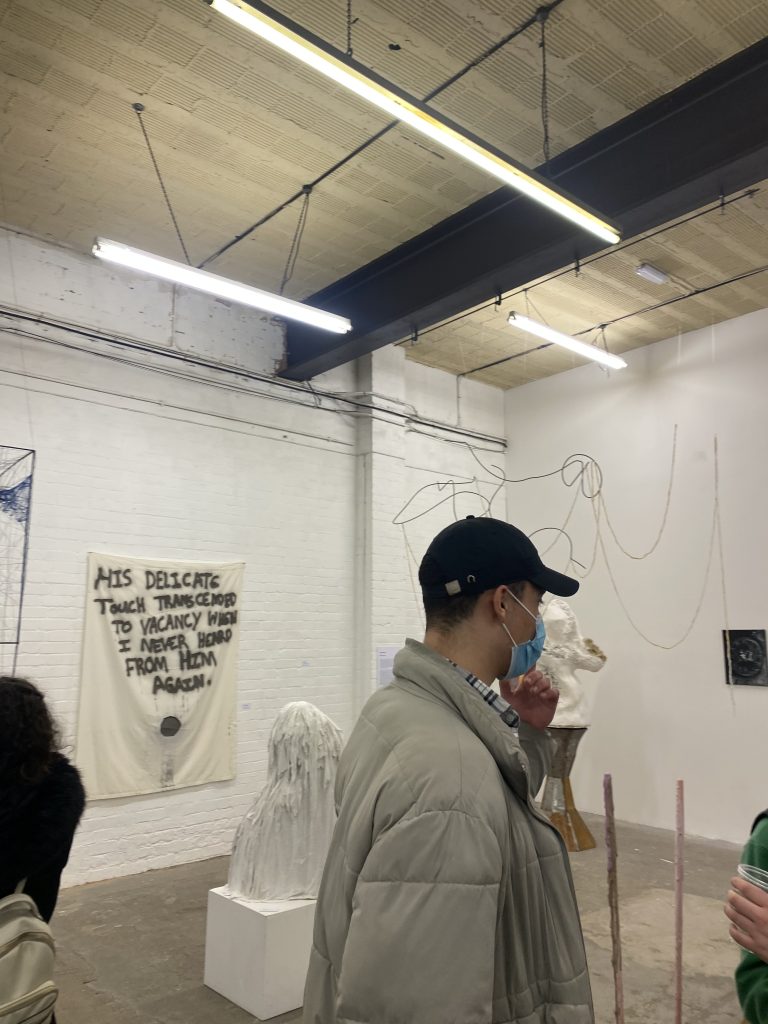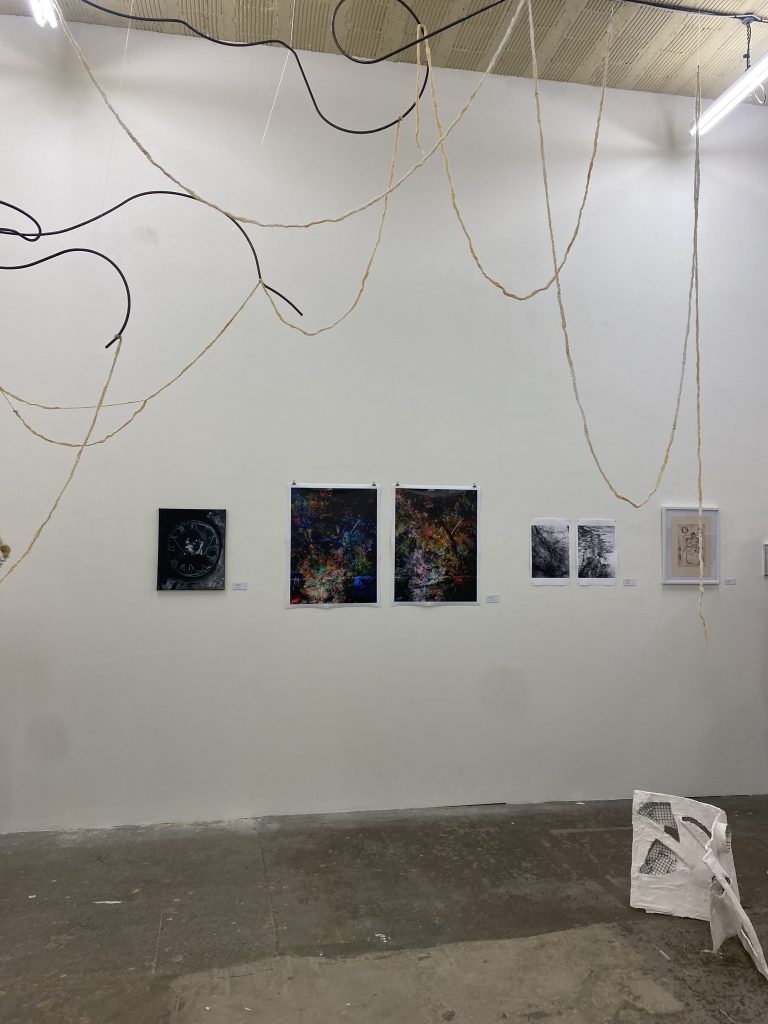I went to go and see Andrew Birks exhibition ‘From the Past’ that took place in the Leicester contemporary gallery. Birks is very multi-media artist he practices in sculpture, print and painting being his main one. His exhibition mainly involves his paintings that he refers to “paintings of paint”. The way he creates some of his paintings is by painting onto a tile with thick paint and then taking a photograph of it or keeping the existing piece of art work and using that as a reference.
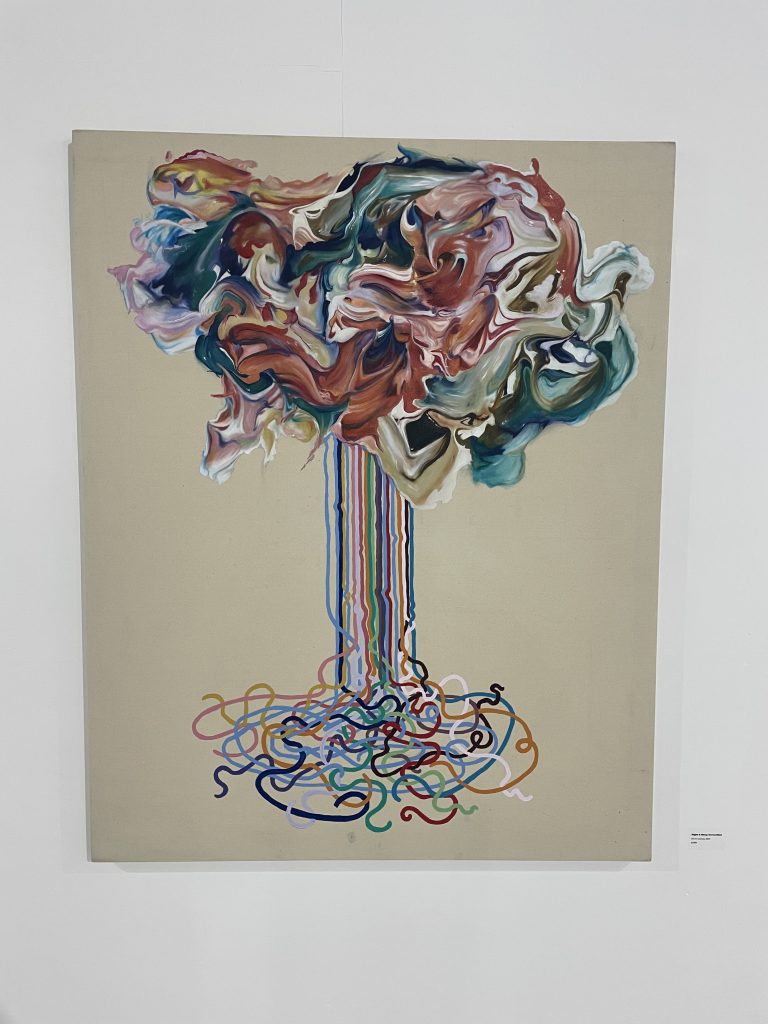
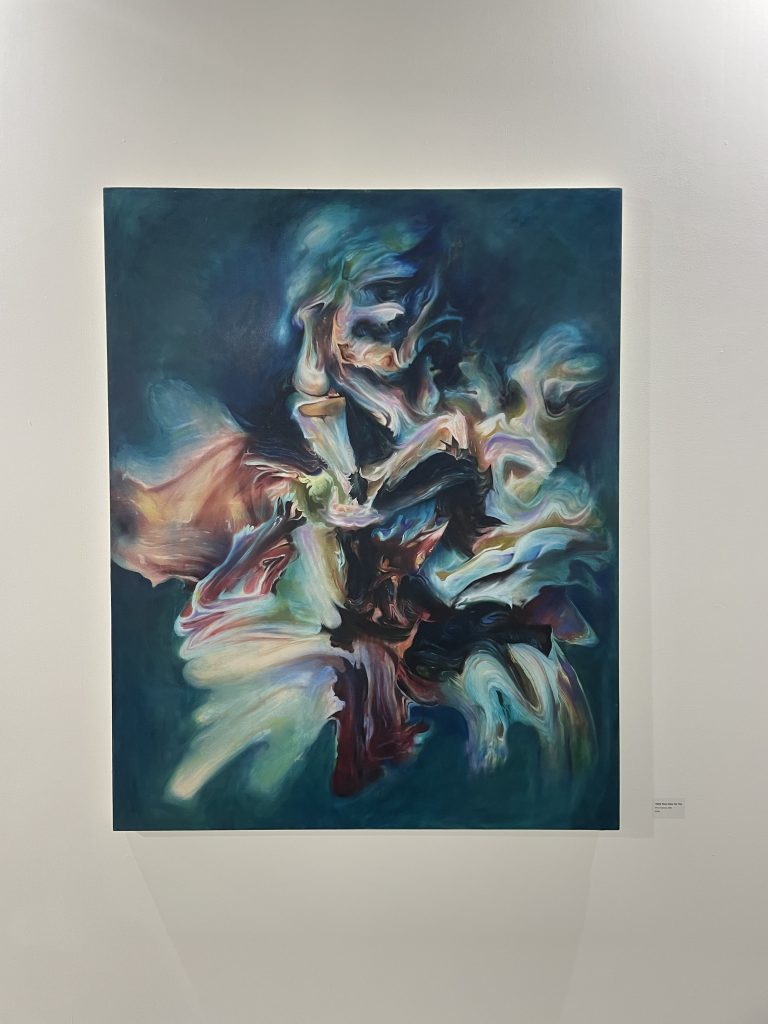
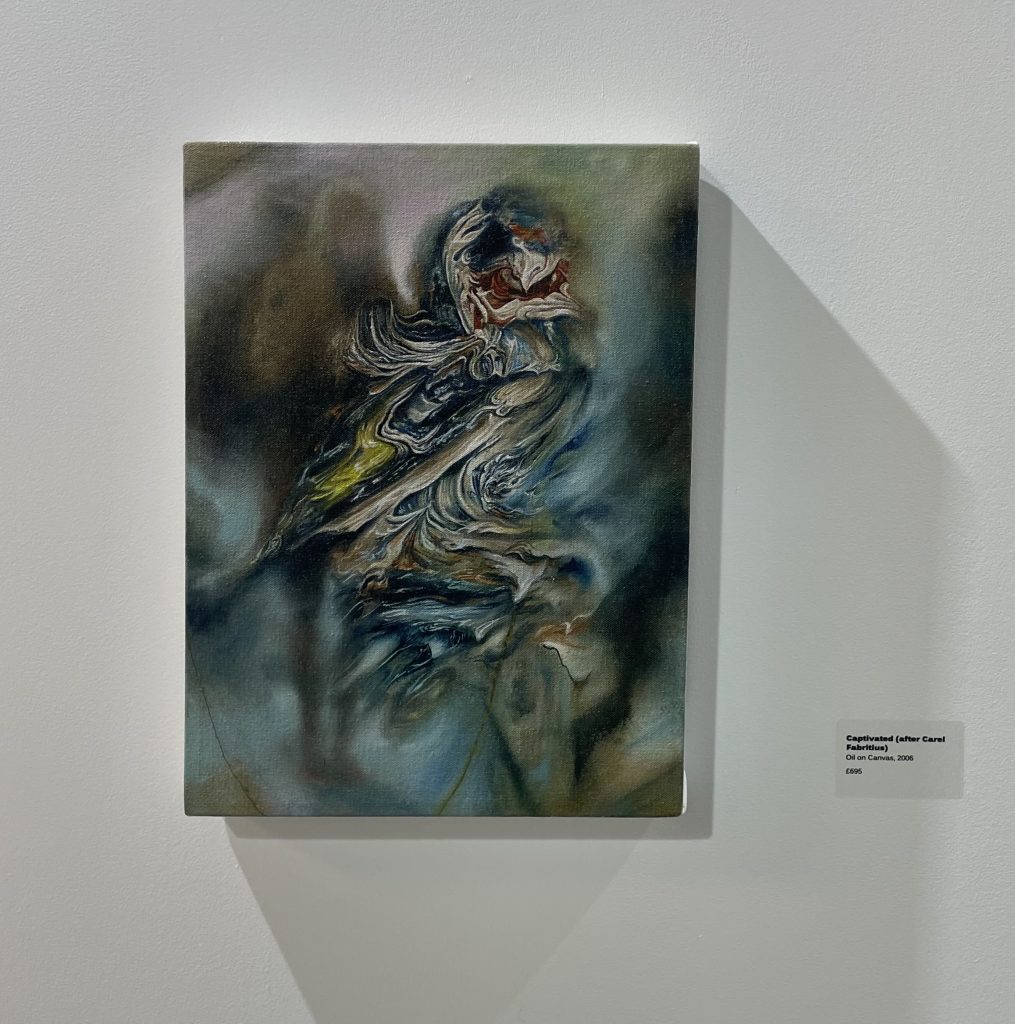
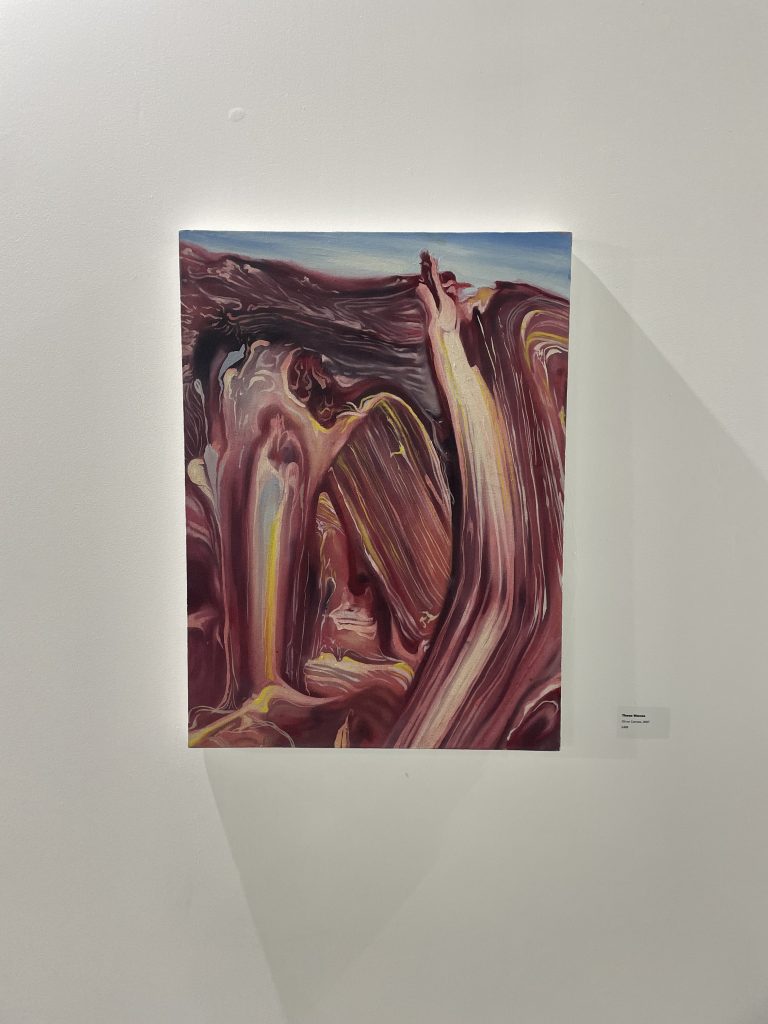
When Birks finishes his reference pieces of art he then moves onto bigger canvases using oil paint to portray the thickness of the paint, and to really capture the thickness he created in the reference pieces. Birks tends to really focus on the movement on the paint, the swirls of mixed paint and all the different shapes and marks. The reason why Birks focuses on the movement of the paint so much is because it depicts the action of the original brush stroke, the paint is frozen in time as its not being touched or moved around any more, its almost like a still life.
Birks creates these reference pieces as a starting point, however then reinterprets them in a new light when it comes to painting the paint onto a canvas. When creating the reference pieces he doesn’t just pick colours at random, there is normally a meaning behind it such as a personal or emotional memories. He also uses the swirls and marks within the reference painting as a way to get that emotion across, he also uses transparent glazes within his work. Not only does Birks focus on the movement, marks and textures of paint within his work, however he occasionally creates work with a figurative element included.
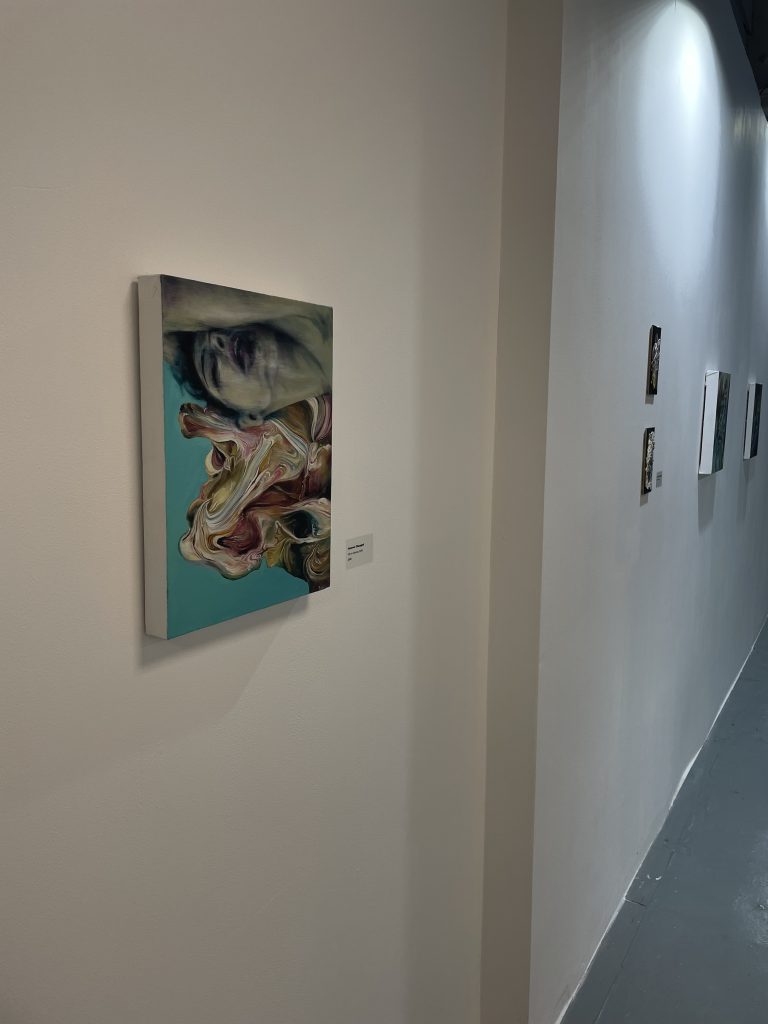
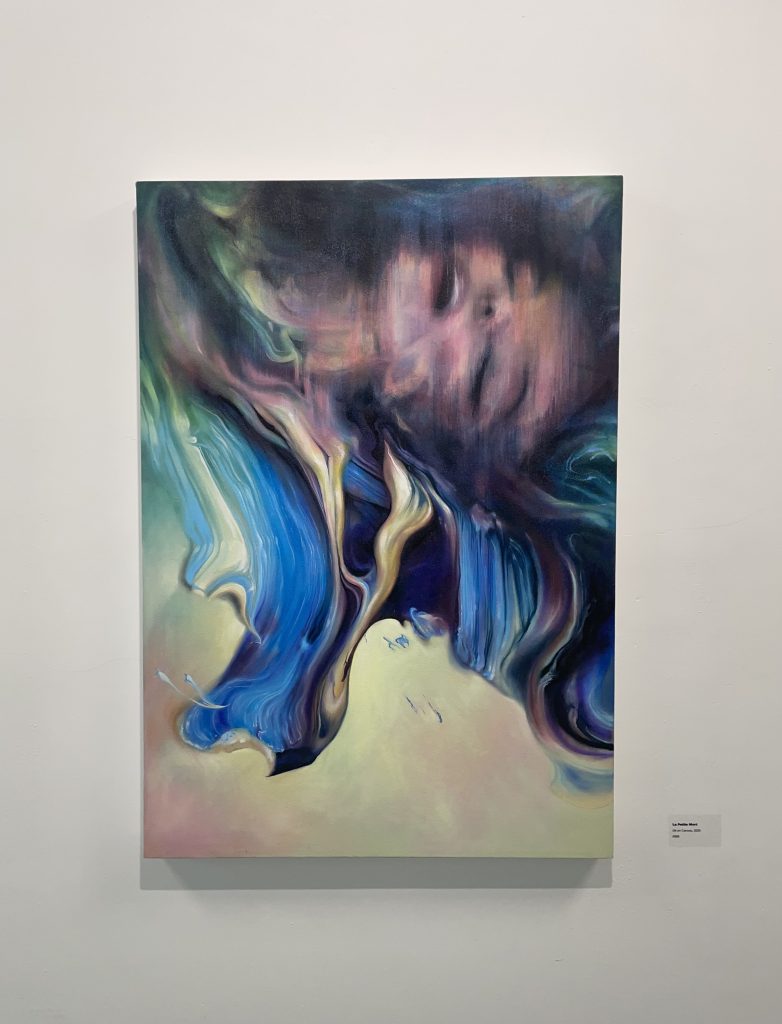
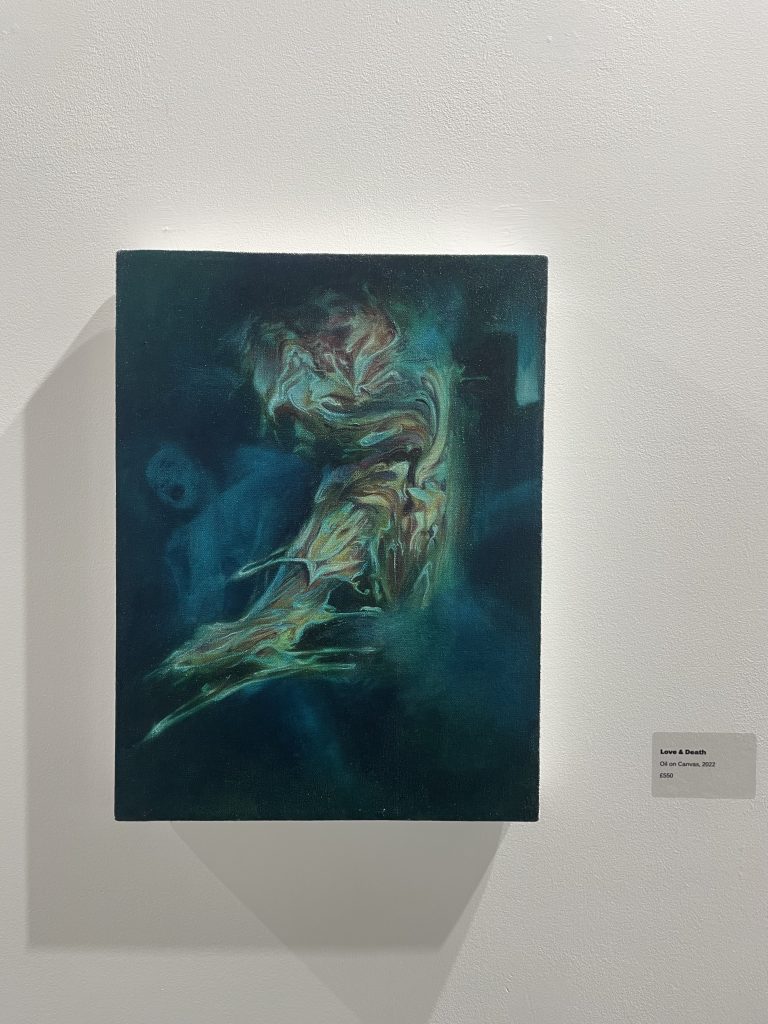
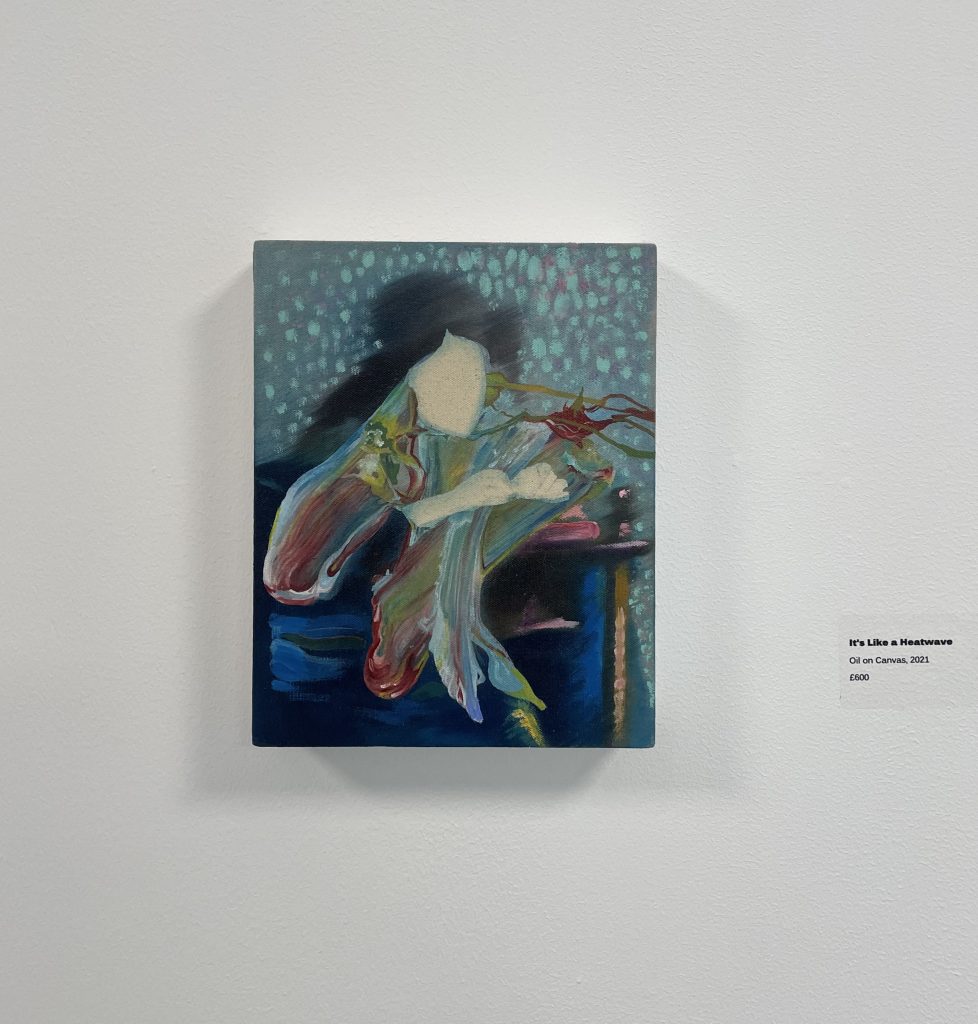
What really interested me in Andrew Birks work art was the movement of his pieces and also all the different marks and textures he has captured from his reference pieces. Just from looking at his work you knew that there is a lot of emotion behind it, you can tell this by the movement he has shown with paint. His work inspired me to become more free and create work more freely as my work focuses on the body which is something that moves freely every day. Birks work also inspired me to spend that extra little time on the reference piece of art or the piece of work that I may not think looks good as in the long run the more effort and work I put into it, it will have a really effective outcome.
